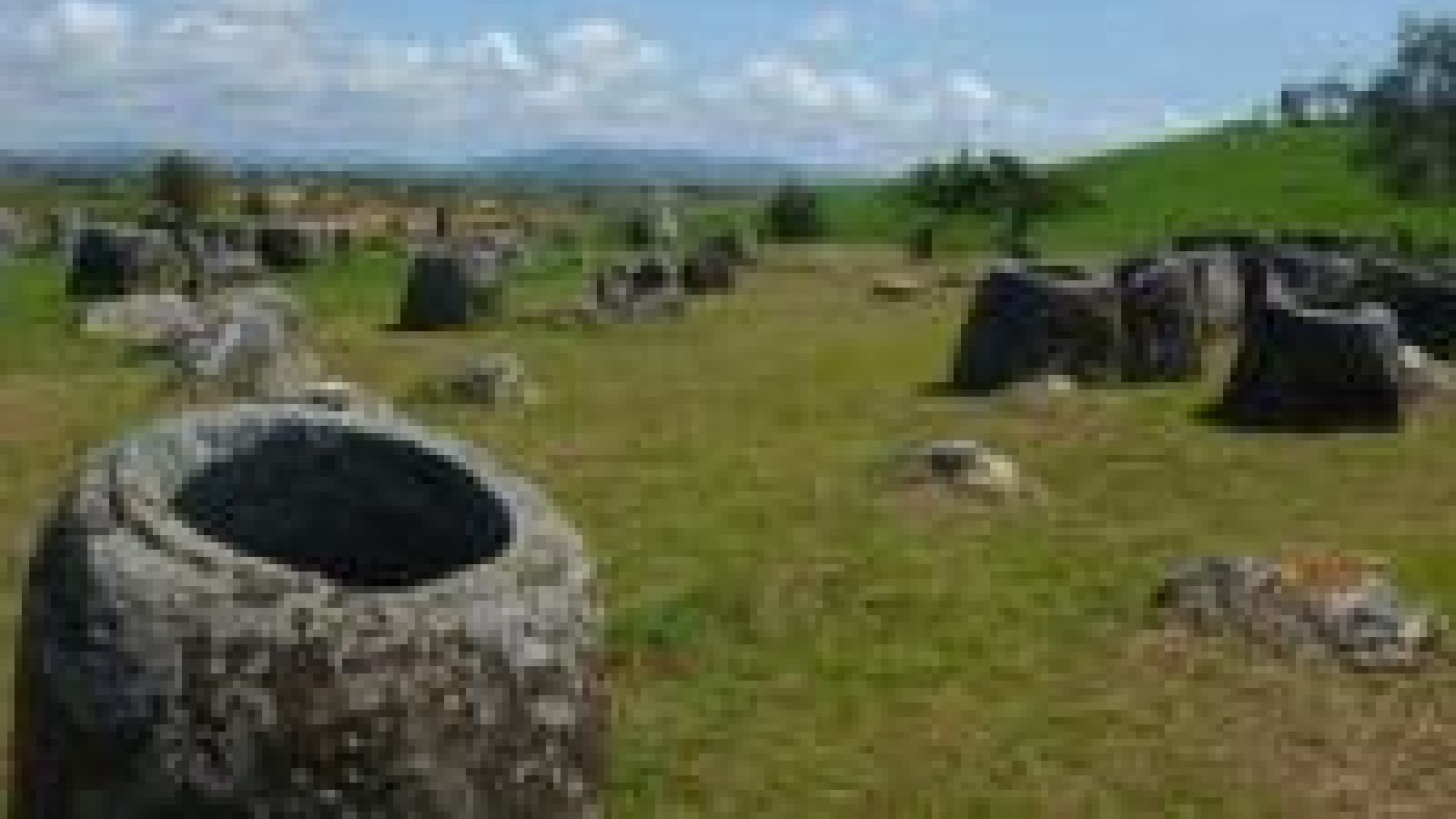Solving the secrets behind Asia's stone jars

 A battlefield, turned tourist attraction, the Plain of Jars in Southeast Asia has an extensive history, although much of it still remains unknown.
A battlefield, turned tourist attraction, the Plain of Jars in Southeast Asia has an extensive history, although much of it still remains unknown.
For more than 2000 years megaliths have laid scattered, some alone and some in clusters of up to several hundreds, through the Xieng Khouang Province in central-east Laos.
While much of the recent history of the Plain of Jars is known, the ancient story remains hidden deep within the site. Hoping to finally unlock the mystery of this great Southeast Asian pre-historic puzzle is Dr Dougald O’Reilly of the School of Archaeology and Anthropology.
“The Plain of Jars is one of the great archaeological mysteries of the world and surprisingly little research has been undertaken there mostly due to conflict in the region and the area the jars are in are still heavily littered with unexploded ordnance,” he said.
Dr O’Reilly was recently granted funding to facilitate meetings to discuss the Plain of Jars inclusion on the UN Educational, Scientific and Cultural Organisation (UNESCO) World Heritage list.
He addressed a meeting in Laos yesterday, presenting information on a proposal he has pending with the Australian Research Council to undertake archaeological research at the site. The meeting continues today and a decision on the status of the site should be known in the coming days.
“Some research has already been undertaken there by Mr Thongsa Sayavongkhamdy, a former ANU student, and we hope to build on the work he and Professor Peter Bellwood began.”
Professor Bellwood is also a member of the proposed research team.
Cultural and historical recognition will help protect and preserve the site, believe to have existed during the Iron Age, for many years to come, Dr O’Reilly said.
If Dr O’Reilly’s proposed research is funded, some light will finally be shed on the prehistoric peoples who created the amazing artefacts.
“Using different archaeological methodologies, the proposed research will hopefully expose the function of the sites, the social organisation of the prehistoric communities responsible for the creation of the jars and the relationship between increasingly complex societies of Iron Age Southeast Asia,” he said.